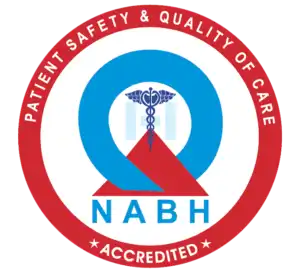Radiofrequency Ablation (RFA) for Chronic Pain Relief in Bengalore
What is Radiorequency ablation?
Radiofrequency ablation is a procedure in which the nerves carrying the pain signals are treated with radiofrequency waves so that it will stop the transmission of the pain signals and hence patients will not perceive the pain.
How is Radiofrequency ablation done?
It is done in operation theater under local anesthesia and sedation. It will take 30 minutes for the procedure to be completed. It is done first by stimulating the affected nerve to identify the nerve and then after the confirmation of nerve , it is treated with radiofrequency waves of different intensities so as to stop the transmission of pain signals. There are two types of radiofrequency ablation , one is conventional in which the continuous waves are passed for 60 to 120 seconds and another is pulsed in which the waves are passed in intervals for 60-120 seconds.
What are the advantages of Radiofrequency ablation?
It gives long term pain relief, it is minimally invasive, can be done as day care procedure,works good in resistant pain where all other modes have failed.
Which all conditions can be treated with Radiofrequency ablation?
Resistant knee pain, Resistant hip joint pain, Low back pain, Trigeminal neuralgia, Sacroiliac joint arthropathy, Facet joint arthropathy, Headaches and Atypical orofacial pain.
Will it give permanent pain relief?
Although it does not give permanent relief but it gives pain relief for a long duration.
What are the post procedure recommendations?
Patients should be in regular follow up and proper exercises as prescribed have to be done along with the medications prescribed. Sometimes the numbness may persist after the procedure as sometimes the nerves will take more time to stop the transmission which will be a temporary phenomenon. Little redness and swelling of the area can be seen which will subside in short time.


